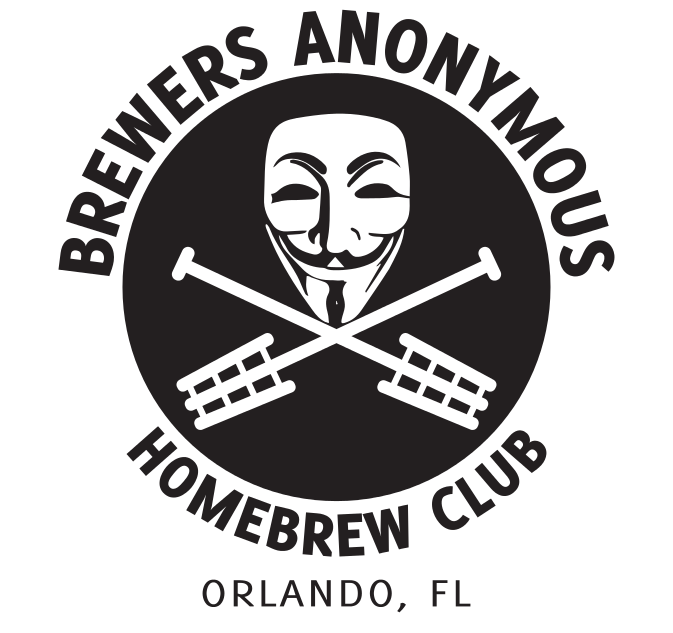Brewers Anonymous Club Challenges Info
Account Registration
You can create your account today through Friday, January 3, 2025 12:12 PM, EST.
Judges and stewards may register now through Tuesday, December 31, 2024 12:12 PM, EST.
Entry Registration
Entry registration is closed.
BJCP 2015 Judging Styles
If a style's name is hyperlinked, it has specific entry requirements. Click or tap on the name to view the subcategory's requirements.
| 34B Mixed-Style Beer | PRX5 New Zealand Pilsner |
Number of Bottles Required Per Entry: 3
Judging Session Locations and Dates
Deadwords Beer
Friday, February 16, 2024 7:00 PM, EST
Awards
The awards ceremony will take place during the Monthly Club meeting.
Points will be awared to each brewer for the BoTY (Brewer of The Year) award from these Club Challenges in the point structre below.
1 Point Per Entry
2 Points for Bronze
3 Points for Silver
5 Points for Gold
Awards Ceremony
Deadwords Brewing
Friday, April 19, 2024 7:00 PM, EDT
